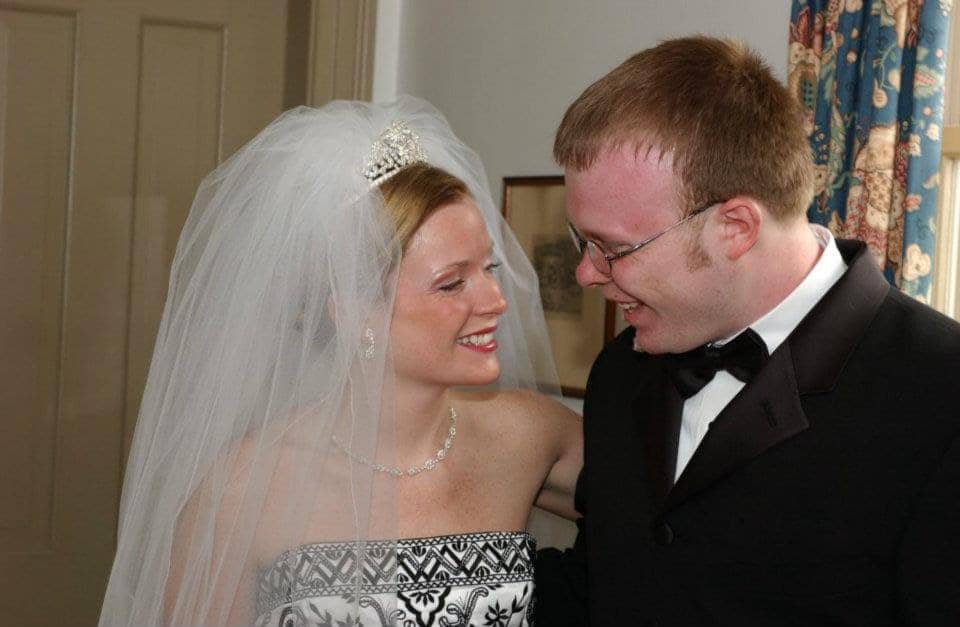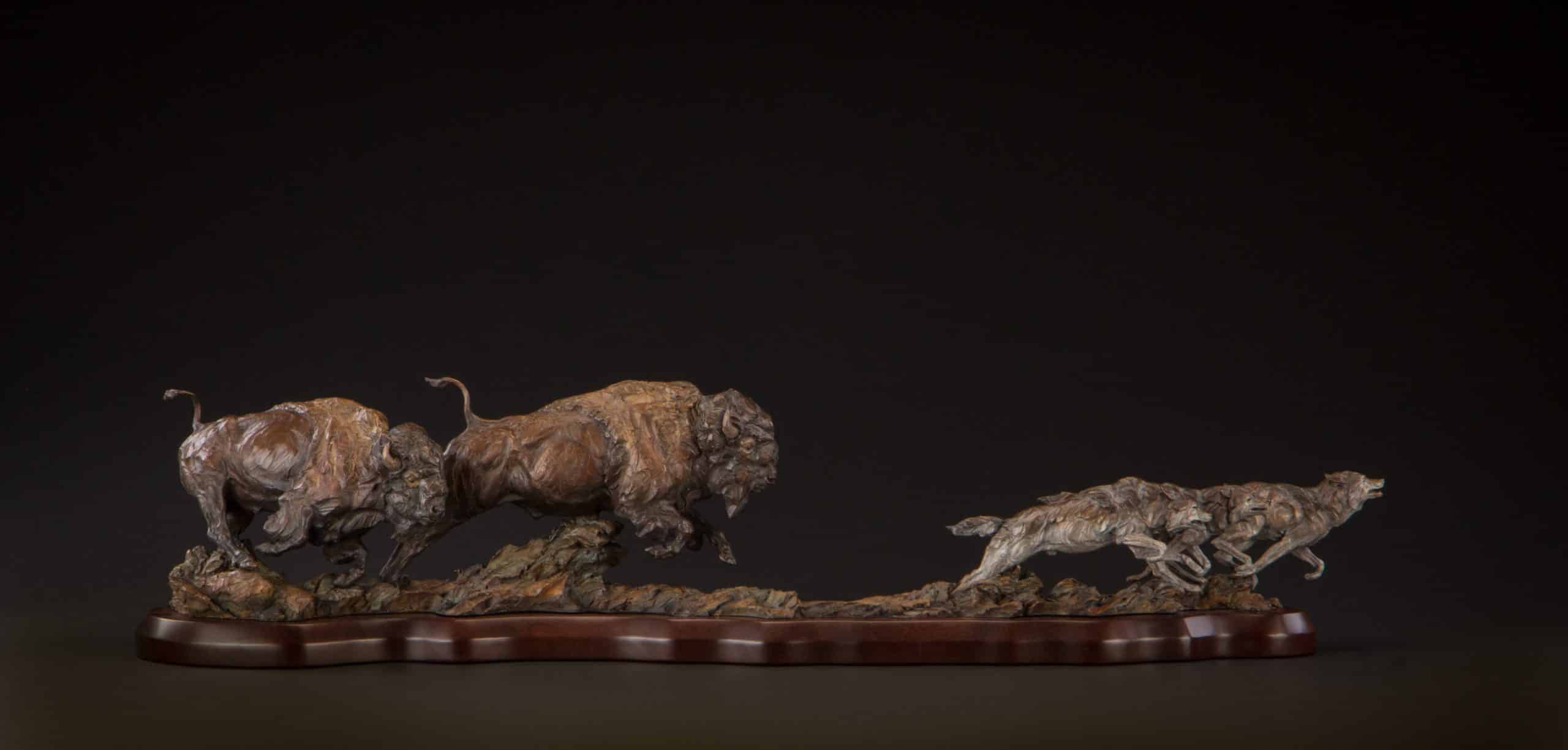Did you hear about the man caught flashing the Chapel? To be precise, the Sistine Chapel.
Why would anyone commit such a lascivious act, especially in one of the holiest places on earth.
What was his punishment? They erased the photos from his phone, and kicked him out!
Of the 4 million people who visit the Chapel every year, many are guilty of furtively flashing. Others try taking photos without a flash (modern camera lenses have excellent low light sensitivity). But photos without flash are prohibited too!
If you’ve been there, you’ve heard it. If you plan to go there, beware.
Signs with big Xs abound. Security guards sternly shout…
“No photos! No video!”
But why? It’s long been assumed that camera flashes damage art, particularly the patina that can form with age (I checked – there is no scientific evidence to support this claim).
Presuming flashes really are damaging to art, why prohibit flashless video and photos in the Chapel? The real reason stems from the restoration that began in 1980.
In 1980, when Vatican officials decided to restore Michelangelo’s art, the price tag was steep. They needed financial help.
Nippon Television Network Corporation (of Japan) offered $3 million (it cost $4.2 million by completion). In return, Nippon secured exclusive rights to all photos and video of the restored art. They produced art books and documentaries for sale.
But in 1990 The New York Times discovered that Nippon’s exclusivity deal expired in 1997. So tourists should have been able to take flashless video and photos since then.
Yet Vatican security guards still bark “No photos! No video!” at visitors all day, every day. Unlike the title of this article, the answer should not surprise you…it’s all about the money.
The “photo flashes damage the art” justification is a false front. A red herring… it’s all about the money.
A strictly enforced photo ban exists in many historically significant places worldwide. The Taj Mahal in India, the Valley of the Kings in Egypt, the Eiffel Tower in France, the Van Gogh Museum in Amsterdam, and the Alamo in Texas, to name a few.
What do they all have in common? A gift shop that sells photos… the ones you are prohibited from taking. Photo bans are not about protecting art, they are about making money.
Some might argue that prohibiting photos prevents copyright infringement, but copyrights typically last for the artist’s life plus 70 years. Michelangelo painted the Sistine Chapel over 500 years ago, so it’s fair game for a photo. This is true for the majority of “photo banned” historical sites.
When the Eiffel Tower is lit at night, it is considered an “art installation” and therefore copyright protected from taking photos. But the tower’s image should have been public domain (not copyright protected) since 1993, 70 years after Gustave Eiffel’s death.
However, in 1990 a French court ruled that a “special lighting display” affixed to the Tower in 1989 (marking the centennial) is protected by copyright. This was a creative workaround to extend the Eiffel Tower’s copyright expiration.
My point? It’s the old cliche, “things aren’t always what they appear to be.”
More accurately, things are rarely what they appear to be.
Photo radar companies prosper in jurisdictions with strictly enforced speeding laws. That’s why they hire lobbyists to advocate that tough speeding laws save lives (which is likely true, but not the real reason behind their position).
Amazon’s stock (and market share) soared as small businesses were decimated by COVID. So are Amazon executives (who own Amazon stock) supporting the election of politicians more likely to close down brick and mortar businesses if COVID resurges? My bet would be yes.
The takeaway today is best expressed by Phaedrus:
“Things are not always what they seem; the first appearance deceives many; the intelligence of a few perceives what has been carefully hidden.”
As the November election approaches, whatever your view, try to be among the intelligent few. Think about what is being carefully hidden.












